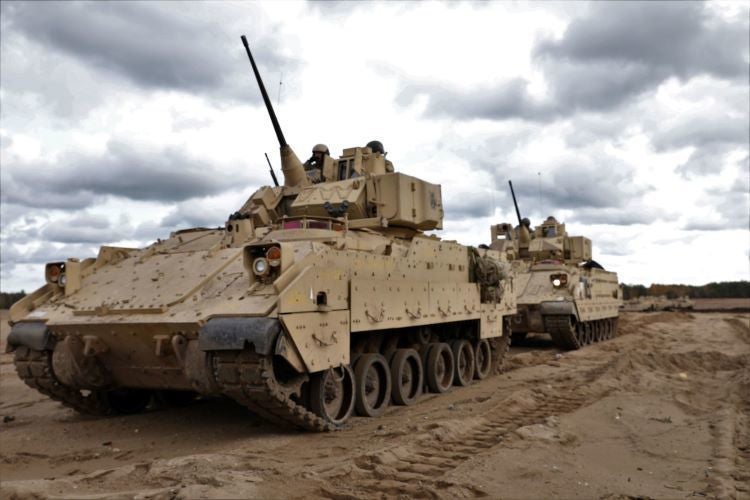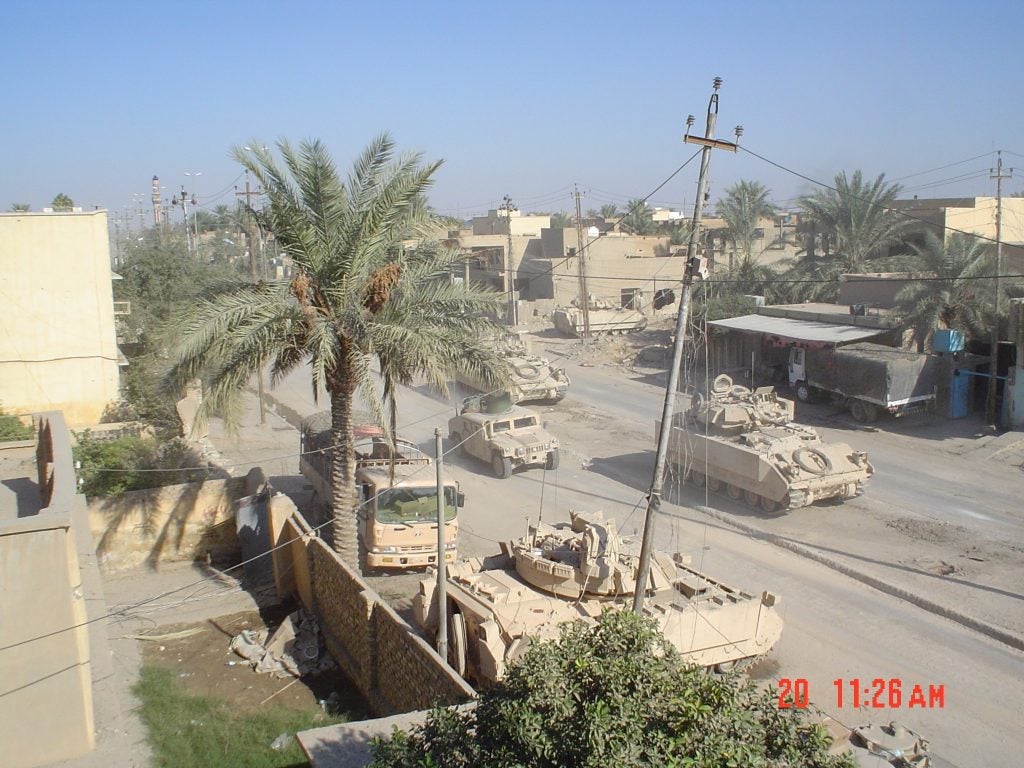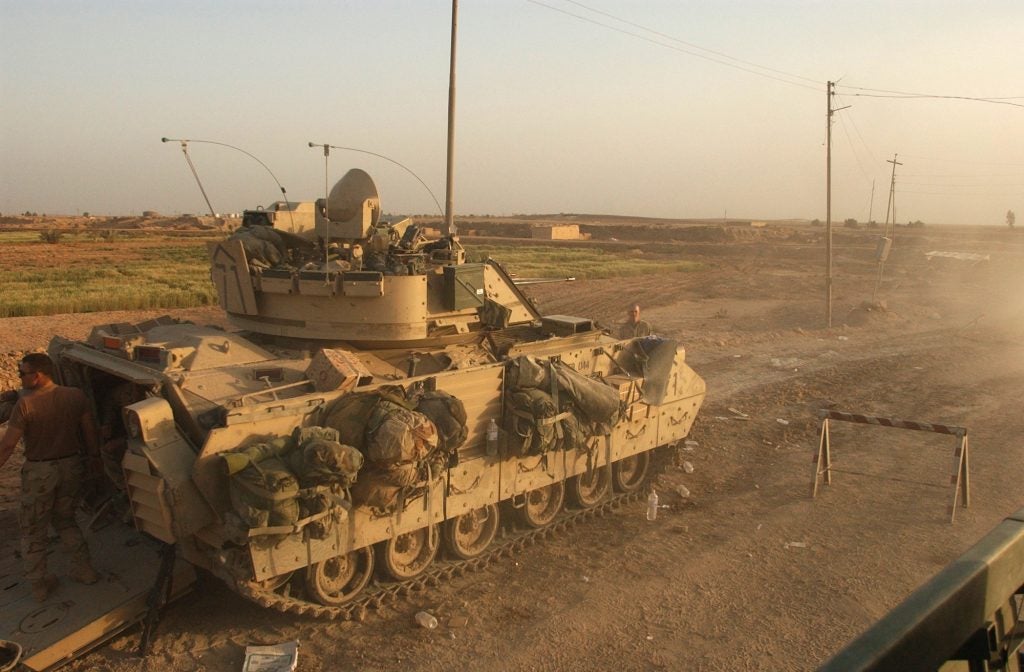What Next for the US Army’s Bradley Replacement?
Two decades ago the US Army began the replacement program for the Bradley IFV (infantry fighting vehicle). This week, the latest attempt, the Optionally Manned Fighting Vehicle (OMFV) programme was cancelled. US military procurement, and particularly within the field of armoured fighting vehicles (AFVs), has suffered from an embarrassing number of cancellations and ‘re-boots’ over the years but OMFV and its earlier iterations is a case study in how not to procure an AFV.
The Army have announced they are planning to; “revisit the requirements, acquisition strategy and schedule before moving forward.” Assuming this is a return to revising the core assumptions and business case for the OMFV, it is unlikely the US Army will see a replacement for the Bradley within the next ten years, even under the supposed “go-fast” Section 804 procurement which was designed to speed up the process.
What Exactly Happened to OMFV?
Three entities were initially competing, BAE with its proven CV90 platform, a joint venture by Rheinmetall and Raytheon with the Lynx, and General Dynamics (GD) with a platform reportedly based on its Griffin III. The Army were looking for a greater number of responses to the request for proposal (RFP) and expected between five and seven entrants. South Korea’s Hanwha for example was one of the expected respondents but declined to enter the competition.
BAE were the first to fall, voluntarily withdrawing mid 2019, citing challenges around “the requirements and acquisition schedule.” With the October 1 deadline fast approaching, Rheinmetall and Raytheon requested an extension to enable a Lynx trials vehicle to be shipped from Germany. The request was denied, leaving OMFV a one horse race.
Critics wondered how a competitive tender could be run with only a single contender and for a few short months the Army insisted the program would continue with the GD platform. Last week the farce was ended with the cancellation of the OMFV program. Congress was less than pleased, slashing the 2020 appropriations for the next iteration of the Bradley replacement program. It also placed strict requirements around the release of funds, requiring the Army to provide; “… an updated acquisition strategy and program schedule…” along with a full accounting of what went wrong with OMFV.

According to industry insiders, the disqualification of the Rheinmetall and Raytheon venture was contentious with some stakeholders arguing for the extension to be granted but Army Futures Command were adamant that October 1 was the deadline. Others note that the long list of requirements for the prospective OMFV were particularly onerous and may not have been able to be incorporated in the one vehicle. Whether GD’s platform could have ultimately met these requirements is unknown, neither the Army nor General Dynamics are commenting.
The Army noted in its announcement of the cancellation; “Based on feedback and proposals received from industry, we have determined it is necessary to revisit the requirements, acquisition strategy and schedule moving forward.” This could be seen as an admission that the requirements were indeed ‘a bridge too far’.
This isn’t the first time the search for a Bradley replacement has floundered. The Future Combat Systems (FCS) Manned Ground Vehicles program was launched in 1999 but ground to an expensive halt in 2009. It was resurrected in 2010 under the Ground Combat Vehicle (GCV) moniker only to be cancelled in 2014. Why did both previous programs eventually fail and at a reported cost of over $20 billion USD?
Again it appears that the requirements were not realistic – for instance initially the FCS was required to be air transportable within a C-130 and able to self-deploy straight off the ramp, ready for combat. This requirement was later relaxed but is indicative of the challenges vendors face. The announcement of the GCV cancellation included the immortal words “… realistic visions for vehicle modernization…” in relation to future Bradley replacement efforts, perhaps another tacit admission by the then Secretary of Defense.

What Next for the Bradley?
The Bradley has fortunately received numerous major upgrades which have maintained its capabilities against peer armour unlike the British Warrior. General Dynamics was awarded a contract in June 2018, to reduce weight and increase power of the core M2A2 and M2A3 Bradleys. The Bradley’s weight had increased from 25 to 33 tons during the course of Operation Iraqi Freedom as increased armour packages were implemented to counter both improved RPG warheads and the improvised explosive device threat, specifically the Iranian manufactured explosively formed projectile (EFP) sub-type.
These upgraded Bradleys, known as the M2A4, will also be fitted with the Israeli Iron Fist active protection system as reported earlier by Overt Defense. Although these upgrades were intended as a short term fix to get the Bradley through the next few years to the intended OMFV fielding date of 2026, these variants may now see service for much longer than intended.

